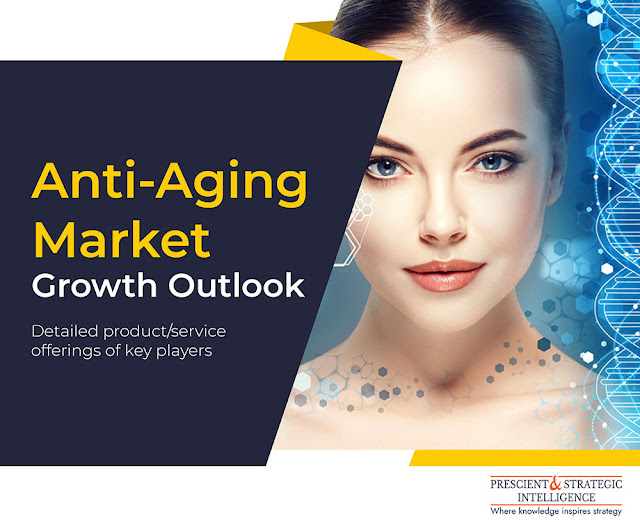Flow Cytometry Market Is Expected To Touch $10,065.4 Million by 2030
Flow cytometry is a method that measures and then analyses several physical properties of single particles, often cells. The relative size, granularity, and fluorescence intensity of a particle are among the characteristics that are assessed.
An optical-to-electronic coupling device measures these properties by observing how well the cell or particle scatters incoming laser and emits fluorescence. By 2030, it is predicted that the flow cytometry market will be worth $10,065.4 million.
How Does Flow Cytometry Function?
The first phase in the flow cytometry procedure is planning the sample for analysis. Suspend any cells derived from blood, disintegrated tissues, or cell culture. The addition of antibodies tagged with fluorescent probes, or dyes that stain cellular components, allows the other samples to be spoiled.
Cells must first be frozen and permeabilized for antibodies and dyes to penetrate the cell during intracellular protein analysis. After incubating with the antigens or stains, the cells are rinsed in buffers and then reconstituted in a saline-based solution for analysis. The flow cytometer is then fed with this processed sample.
What Instruments Are Used in Flow Cytometry?
A cytometer will, at least, include a detector, a laser, and a fluidics system to ensure that cells move quickly through the laser beams. Over time, there has been substantial growth in the quantity and caliber of detectors and the count of lasers in cytometers.
The count of markers that can be identified at once has increased due to these improvements. Flow cytometers may be made for a variety of uses. Well plate loaders, for instance, might be added to provide a speedy hands-free examination of several samples and a large throughput of samples.
Why Need for Bead-Based Flow Cytometry Is Growing
The bead-based flow cytometry is predicted to grow rapidly in the coming years. Bead-based flow cytometric analyses have grown in popularity recently and are employed in several laboratory analytical techniques.
The industry-standard assay uses beads as a solid matrix for various molecular laboratory research. Additionally, bead-based flow cytometry executes multi-analyte flow immunoassays, giving it an advantage over cell-based flow cytometry by enabling simultaneous and quantitative measurement in a small number of biological fluids.
In industrialized nations like the U.S. and Japan, several hospital networks are establishing facilities for people and doing various actions to assist patients looking for high-quality healthcare. Hospitals and businesses are working together to obtain large quantities of reagents and flow cytometers. Additionally, the growth of multispecialty hospitals globally fuels the need for flow cytometers.




Comments
Post a Comment